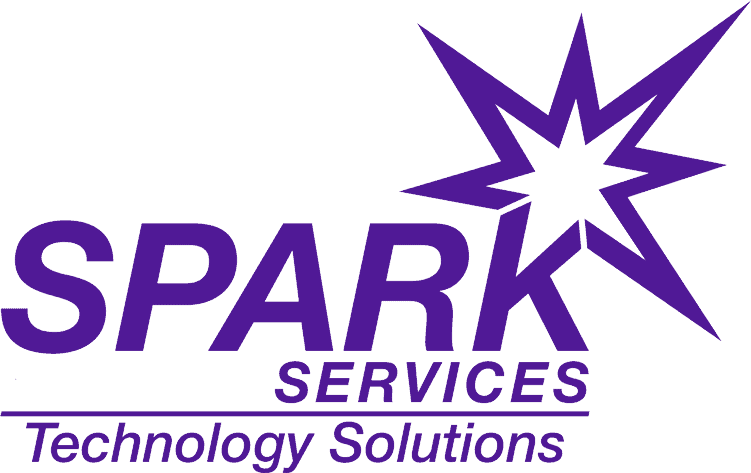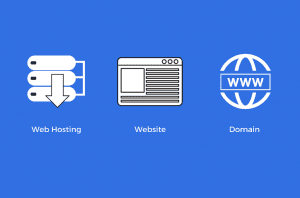In the digital era, website speed plays a crucial role in determining the success of an online business.
Slow-loading websites not only frustrate users but also negatively impact search engine rankings.
In this blog post, we will dive into the significance of website speed for both SEO (Search Engine Optimization) and user experience, while highlighting the importance of optimizing web hosting to enhance website performance.
The Relationship between Website Speed, SEO, and User Experience
SEO: The Need for Speed
Search engines, particularly Google, prioritize delivering fast and relevant search results to users. As part of their ranking algorithm, website speed has become a crucial factor in determining search engine rankings.
Google’s Page Experience Update, includes Core Web Vitals as key metrics for evaluating user experience, where website speed plays a pivotal role.
Faster-loading websites tend to have better visibility in search engine results, resulting in increased organic traffic and improved SEO.
User Experience: The Need for Speed
User experience is a critical aspect of website design, as it directly affects visitor engagement and conversion rates.
Research shows that users have increasingly shorter attention spans, with a significant number abandoning websites that take more than a few seconds to load.
Slow-loading websites can lead to high bounce rates, low session duration, and reduced conversions.
Conversely, fast-loading websites enhance user satisfaction, encourage longer browsing sessions, and increase the likelihood of conversions.
Optimizing Web Hosting for Improved Website Speed
Choose the Right Hosting Provider
The first step in optimizing website speed is selecting the right web hosting provider. Shared hosting, where multiple websites share server resources, often leads to slower loading times due to limited resources.
Upgrading to a VPS (Virtual Private Server) or dedicated hosting plan can significantly improve website performance, as they provide dedicated resources for your website. These options offer faster loading times, improved reliability, and better scalability.
Utilize Content Delivery Networks (CDNs)
Content Delivery Networks (CDNs) are geographically distributed networks of servers that store copies of your website’s static files, such as images, CSS, and JavaScript.
When a user accesses your website, the CDN delivers the content from the server closest to their location, reducing latency and improving loading times. CDNs ensure that your website is readily available to users worldwide, irrespective of their geographic location.
Optimize Images and Code
Images and code are often the main culprits behind slow-loading websites. By optimizing images through compression techniques without sacrificing quality, you can significantly reduce their file sizes and improve load times.
Similarly, Minifying CSS and JavaScript files by removing unnecessary characters and white spaces can streamline the code and boost website speed.
Utilizing browser caching and enabling GZIP compression are additional techniques that contribute to faster loading of websites.
Regularly Monitor and Optimize Website Performance
Optimizing website speed is an ongoing process. Regularly monitoring website performance through tools like Google PageSpeed Insights or GTmetrix helps identify areas for improvement.
Pay attention to factors such as server response times, render-blocking resources, and overall page weight. Addressing these issues promptly by optimizing code, reducing HTTP requests, and fine-tuning server configurations can have a significant impact on website speed.
The Mobile-Friendly Factor
In today’s mobile-dominated world, optimizing website speed for mobile devices is of paramount importance.
With the increasing number of users accessing the internet through smartphones and tablets, a slow-loading website on mobile can lead to even higher bounce rates and diminished user satisfaction.
Google recognizes the significance of mobile optimization and has implemented mobile-friendliness as a ranking factor.
Therefore, responsive design, mobile-optimized images, and streamlined code are essential components of a fast and user-friendly mobile experience.
The Impact of Website Speed on Conversions and Revenue
Website speed directly impacts user engagement and conversions. Multiple studies have shown a clear correlation between faster load times and higher conversion rates.
When users can access information quickly and effortlessly, they are more likely to explore your website, interact with your content, and complete desired actions, such as making a purchase or filling out a form.
A fast-loading website contributes to a seamless user journey, builds trust, and increases the likelihood of conversion, ultimately translating into improved revenue for your business.
Conclusion
Website speed has a profound impact on both SEO and user experience. Slow-loading websites not only hinder search engine rankings but also lead to frustrated users and missed business opportunities.
Optimizing web hosting is a crucial step in enhancing website speed, with factors like choosing the right hosting provider, utilizing CDNs, optimizing images and code, and regular performance monitoring playing key roles.
By prioritizing website speed, businesses can improve their online visibility, engage users effectively, and ultimately drive better results. Expand your business’s online presence with web services by SPARK Services.
Whether you’re looking for a new WordPress website, or want to improve your website’s web hosting or search engine optimization, our web team can help you accomplish all your web goals.




